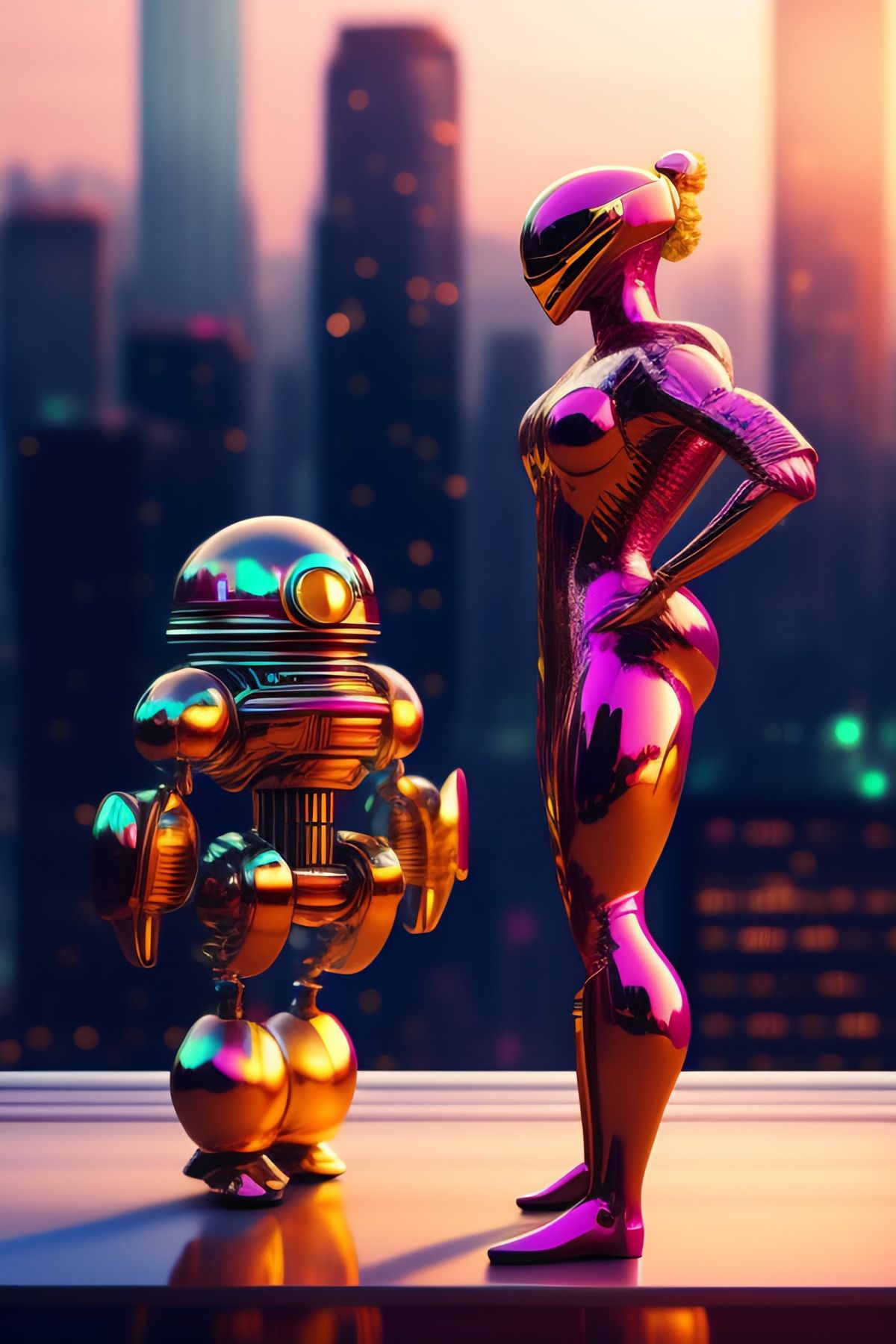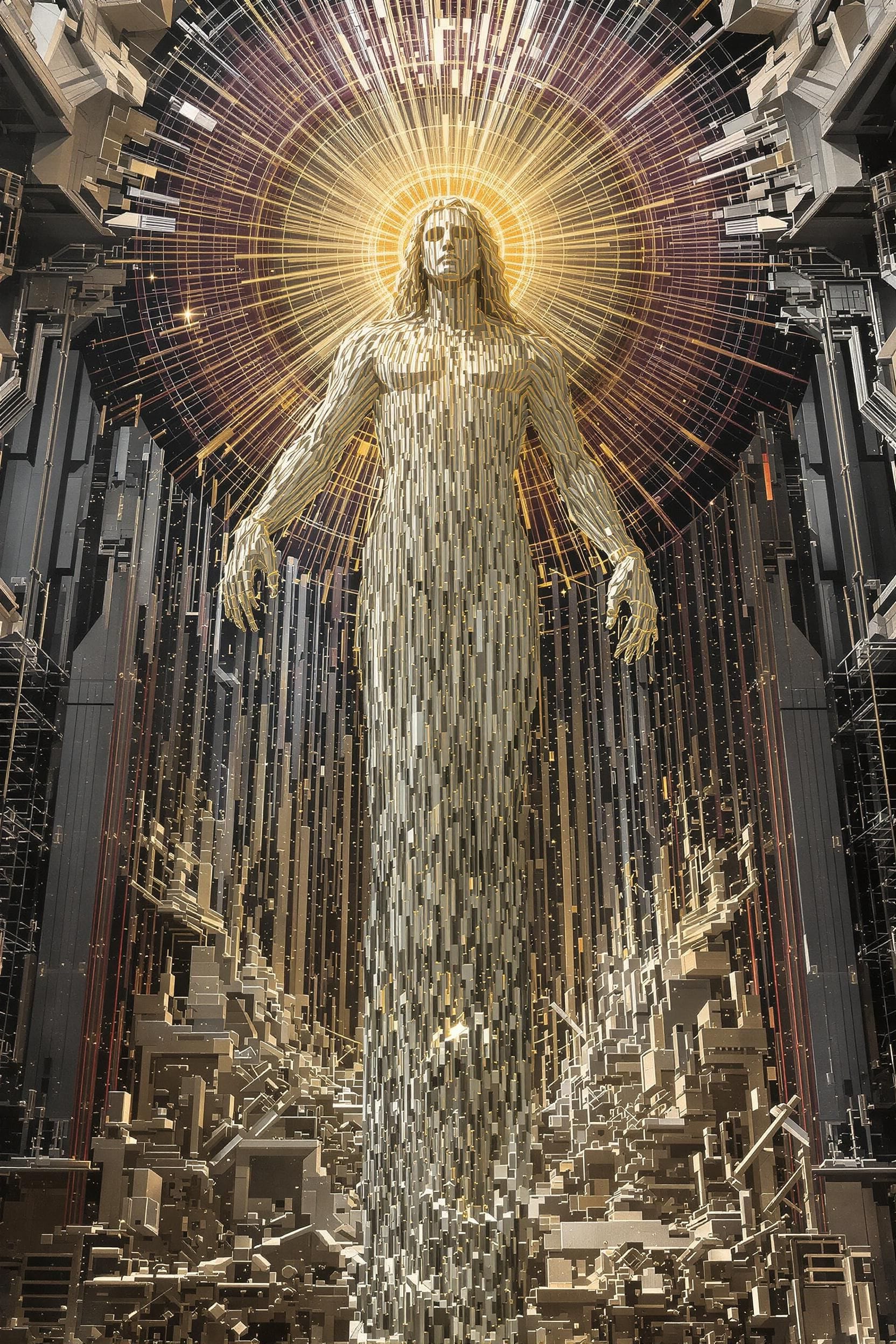Graphic Design: Unleashing Creativity
Whether it's designing a logo, creating a website, or developing marketing materials, graphic design is essential for businesses to stand out and connect with their target audience.

Graphic Design: Unleashing Creativity
Overview
What is graphic design?
Graphic design is the art of creating visual content to communicate messages. It combines creativity, technology, and communication to produce visually appealing designs. Graphic design involves using various elements such as color, typography, and layout to convey ideas and evoke emotions.
It is a miraculous device that can transform a simple concept into a captivating piece of artwork. Graphic designers use their skills to create logos, websites, advertisements, and other visual materials that effectively communicate a brand's message.
Importance of graphic design
As a graphic designer, I understand the importance of graphic design in today's digital world. Graphic design has the power to transform industries by visually communicating messages and ideas. It plays a crucial role in creating brand identities, enhancing user experiences, and conveying information effectively. Whether it's designing a logo, creating a website, or developing marketing materials, graphic design is essential for businesses to stand out and connect with their target audience. Through strategic use of colors, typography, and layout, graphic designers can evoke emotions, establish credibility, and leave a lasting impression. In a highly competitive market, investing in professional graphic design can make a significant difference in the success of a business.
Role of graphic designers
As a graphic designer, my role is to bring creativity and visual appeal to various projects. I collaborate with clients to understand their needs and goals, and then use my skills to create designs that effectively communicate their message. I am responsible for selecting colors, fonts, and layouts that enhance the overall aesthetic and convey the desired tone. Additionally, I stay updated with the latest design trends and techniques to ensure that my work is innovative and impactful.
Elements of Graphic Design

Color theory
Color theory is a fundamental aspect of graphic design that explores the principles and effects of colors. It involves understanding how colors interact with each other and how they can evoke different emotions and convey various messages. By studying color theory, graphic designers can create visually appealing and harmonious designs that effectively communicate the intended message. It provides a scientific foundation for making informed color choices and ensures that the design is visually engaging and impactful.
Typography
Typography is a crucial element in graphic design as it sets the tone and enhances the visual appeal of a design. The choice of fonts, such as Sans, Roboto, and Arial, can greatly influence the overall aesthetics and readability of a design. Proper typographic hierarchy and spacing can guide the viewer's attention and create a sense of hierarchy. Additionally, typography plays a significant role in conveying the brand personality and message. It is essential for graphic designers to have a deep understanding of typography principles and be able to adapt them to different design contexts.
Layout and composition
In the world of graphic design, layout and composition play a crucial role in creating visually appealing and effective designs. Layout refers to the arrangement of elements on a page, while composition focuses on the overall structure and balance of those elements. A well-designed layout and composition can guide the viewer's eye, convey information, and create a sense of harmony. It involves careful consideration of factors such as hierarchy, spacing, alignment, and contrast. By utilizing these principles, graphic designers can create designs that are visually engaging and communicate the intended message.
Process of Graphic Design

Research and ideation
During the research and ideation phase, I explore various sources of inspiration and gather information about the target audience, market trends, and competitors. This helps me understand the client's needs and preferences, and allows me to develop creative and innovative design concepts. I also conduct user research and gather feedback to ensure that the final design solution meets the user's expectations. The Gaia project, for example, required extensive research on sustainable design principles and eco-friendly materials. By incorporating these elements into the design, I was able to create a visually appealing and environmentally conscious solution.
Sketching and prototyping
During the sketching and prototyping phase, I explore different design concepts and ideas. I use pencil and paper to quickly sketch out my initial ideas and then move on to creating more detailed prototypes using design software. This phase allows me to experiment with different layouts, compositions, and visual elements to find the most effective design solution. It's important to consider the target audience and their needs during this phase. For example, when designing for children, I focus on creating a visually appealing and engaging design that is easy for them to understand and interact with. By incorporating their interests and preferences into the design, I can create a design that resonates with them and effectively communicates the intended message.
Digital design and refinement
During the digital design and refinement phase, I utilize various tools and techniques to bring my ideas to life. This stage involves transforming my sketches and prototypes into polished digital designs. I pay close attention to details such as color schemes, typography, and layout to ensure a visually appealing and cohesive final product. Additionally, I stay updated on the latest trends and advancements in graphic design, including eye tracking technology, which can provide valuable insights into user behavior and improve the overall user experience.
Conclusion

Impact of graphic design on businesses
Graphic design plays a crucial role in enhancing organizational effectiveness. By creating visually appealing designs, graphic designers help businesses communicate their message effectively and engage with their target audience. Good graphic design not only attracts customers but also builds brand identity and credibility. It can differentiate a business from its competitors and leave a lasting impression on customers. In today's competitive market, where visual content is king, investing in graphic design is essential for businesses to stay relevant and succeed.
Future of graphic design
The future of graphic design is constantly evolving, driven by advancements in technology and the changing needs of businesses. One significant development in the field is the integration of AI tools. AI, or artificial intelligence, has revolutionized various industries, including graphic design. AI-powered tools have made it easier for designers to automate repetitive tasks, enhance creativity, and improve efficiency. These tools can assist with tasks such as image editing, color selection, and even generating design concepts. With the increasing capabilities of AI, graphic designers can expect to see even more innovative tools and techniques emerge in the future, further pushing the boundaries of creativity and design.
Continued growth of creativity in graphic design
The field of graphic design continues to experience exponential growth, with new technologies and innovative approaches constantly emerging. As a graphic designer, I am excited to witness the evolution of this industry and the endless possibilities it offers. One of the key factors driving this growth is the integration of artificial intelligence (AI) into graphic design processes. AI-powered tools and software have revolutionized the way designers create, allowing for faster and more efficient design workflows. Additionally, AI has opened up new avenues for creativity, enabling designers to explore unique concepts and experiment with unconventional ideas. With the rise of AI, graphic design has become a dynamic and ever-evolving field, where imagination and innovation are the driving forces. As a result, the future of graphic design holds immense potential for groundbreaking ideas and captivating visual experiences.
In conclusion, Bookspotz is the go-to destination for all your independent creative AI needs. With a wide range of articles, insights, and resources, Bookspotz is committed to providing you with the latest information and trends in the world of AI. Whether you're a beginner or an expert, Bookspotz has something for everyone. So why wait? Visit Bookspotz today and embark on your AI journey!




